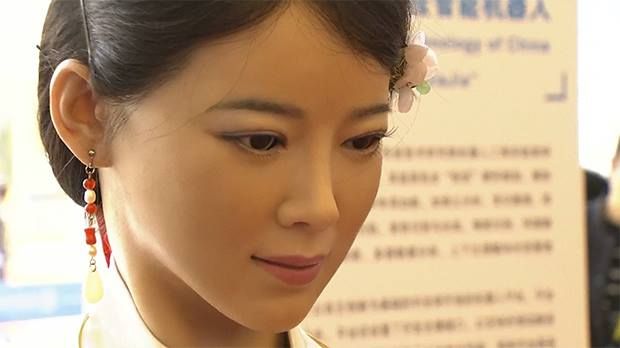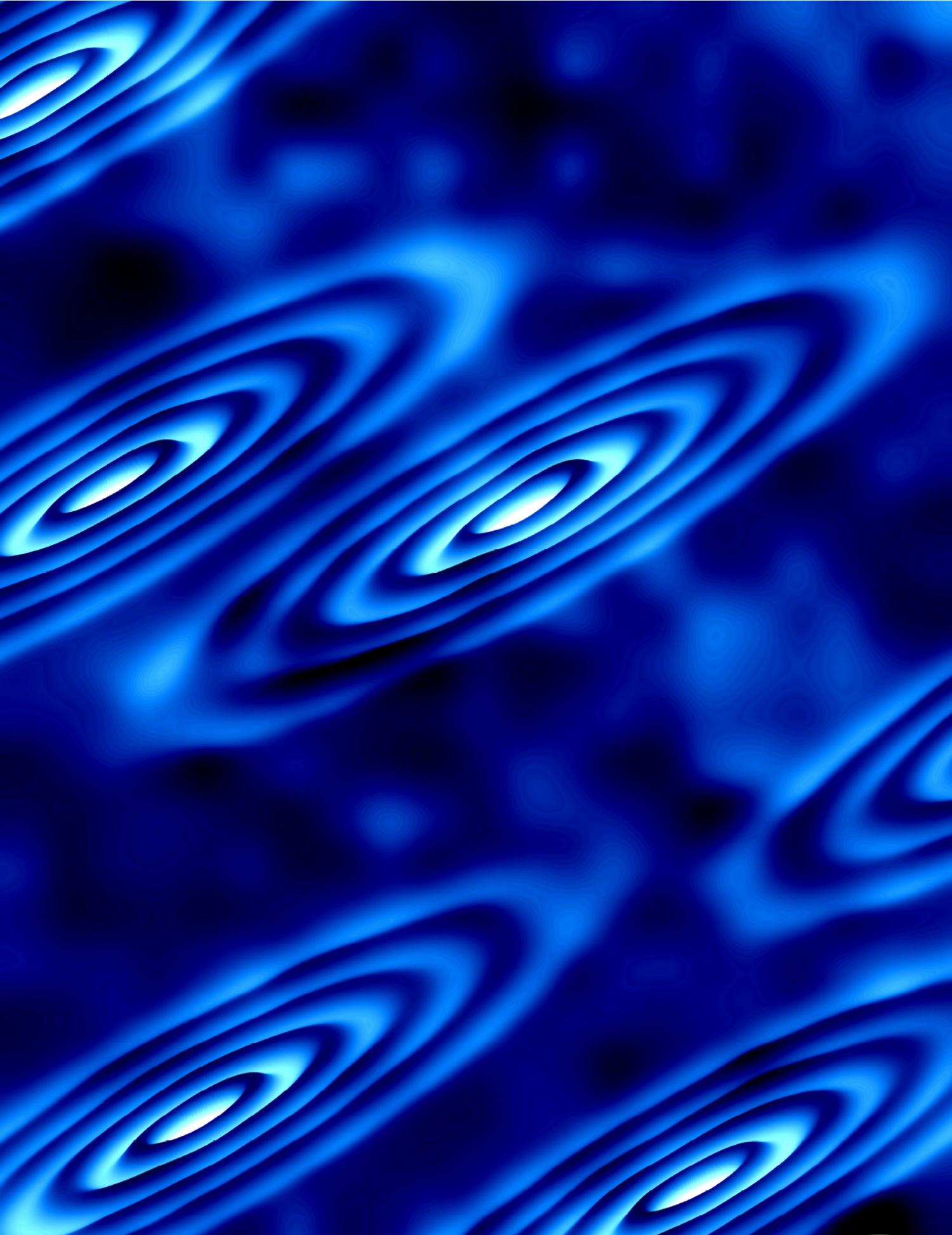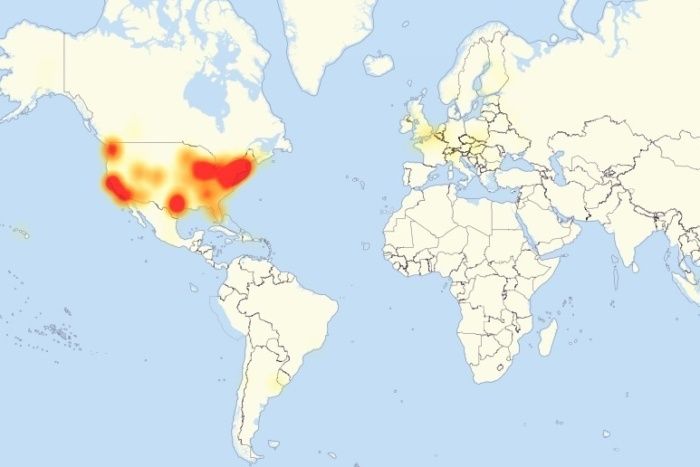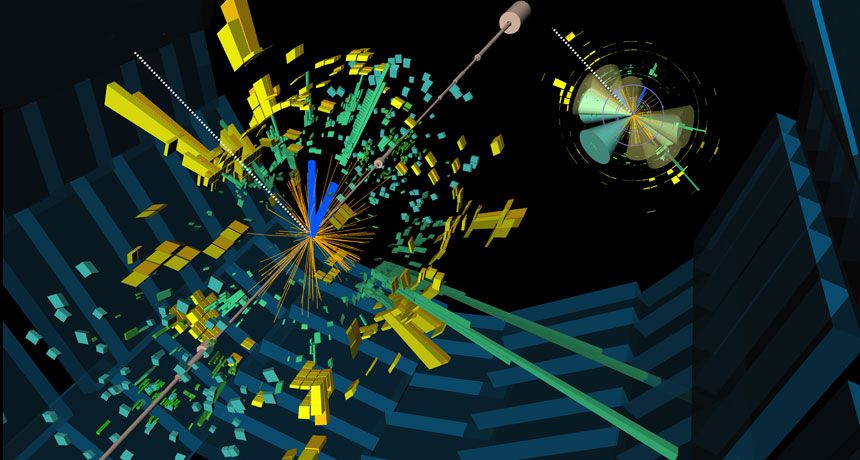Page 10486
Oct 24, 2016
China just showcased the world’s most human-like robots
Posted by Elmar Arunov in category: robotics/AI
Oct 24, 2016
Mark Zuckerberg is determined to launch his social network in China, whatever it takes
Posted by Elmar Arunov in category: government
The Chinese government likes to control social media and what people do with it—but Facebook looks willing to launch in China anyway.
Oct 24, 2016
Google voice search records and keeps conversations people have around their phones – but the files can be deleted
Posted by Elmar Arunov in categories: mobile phones, surveillance
Google could have a record of everything you have said around it for years, and you can listen to it yourself.
The company quietly records many of the conversations that people have around its products.
The feature works as a way of letting people search with their voice, and storing those recordings presumably lets Google improve its language recognition tools as well as the results that it gives to people.
Oct 24, 2016
European Scientists Want To Shoot A Giant Bullet At Europa
Posted by Klaus Baldauf in category: space
Oct 24, 2016
Unusual quantum liquid on crystal surface could inspire future electronics
Posted by Carse Peel in categories: particle physics, quantum physics
For the first time, an experiment has directly imaged electron orbits in a high-magnetic field, illuminating an unusual collective behavior in electrons and suggesting new ways of manipulating the charged particles.
The study, conducted by researchers at Princeton University and the University of Texas-Austin was published Oct. 21, in the journal Science. The study demonstrates that the electrons, when kept at very low temperatures where their quantum behaviors emerge, can spontaneously begin to travel in identical elliptical paths on the surface of a crystal of bismuth, forming a quantum fluid state. This behavior was anticipated theoretically during the past two decades by researchers from Princeton and other universities.
“This is the first visualization of a quantum fluid of electrons in which interactions between the electrons make them collectively choose orbits with these unusual shapes,” said Ali Yazdani, the Class of 1909 Professor of Physics at Princeton, who led the research.
Continue reading “Unusual quantum liquid on crystal surface could inspire future electronics” »
Oct 24, 2016
Chinese firm admits its hacked products were behind Friday’s massive DDOS attack
Posted by Roman Mednitzer in categories: cybercrime/malcode, internet
A Chinese electronics component manufacturer says its products inadvertently played a role in a massive cyberattack that disrupted major internet sites in the U.S. on Friday.
Hangzhou Xiongmai Technology, a vendor behind DVRs and internet-connected cameras, said on Sunday that security vulnerabilities involving weak default passwords in its products were partly to blame.
According to security researchers, malware known as Mirai has been taking advantage of these vulnerabilities by infecting the devices and using them to launch huge distributed denial-of service attacks, including Friday’s outage.
Oct 23, 2016
Physicist says our Universe could have spawned from a black hole
Posted by Andreas Matt in categories: cosmology, mathematics, physics, singularity
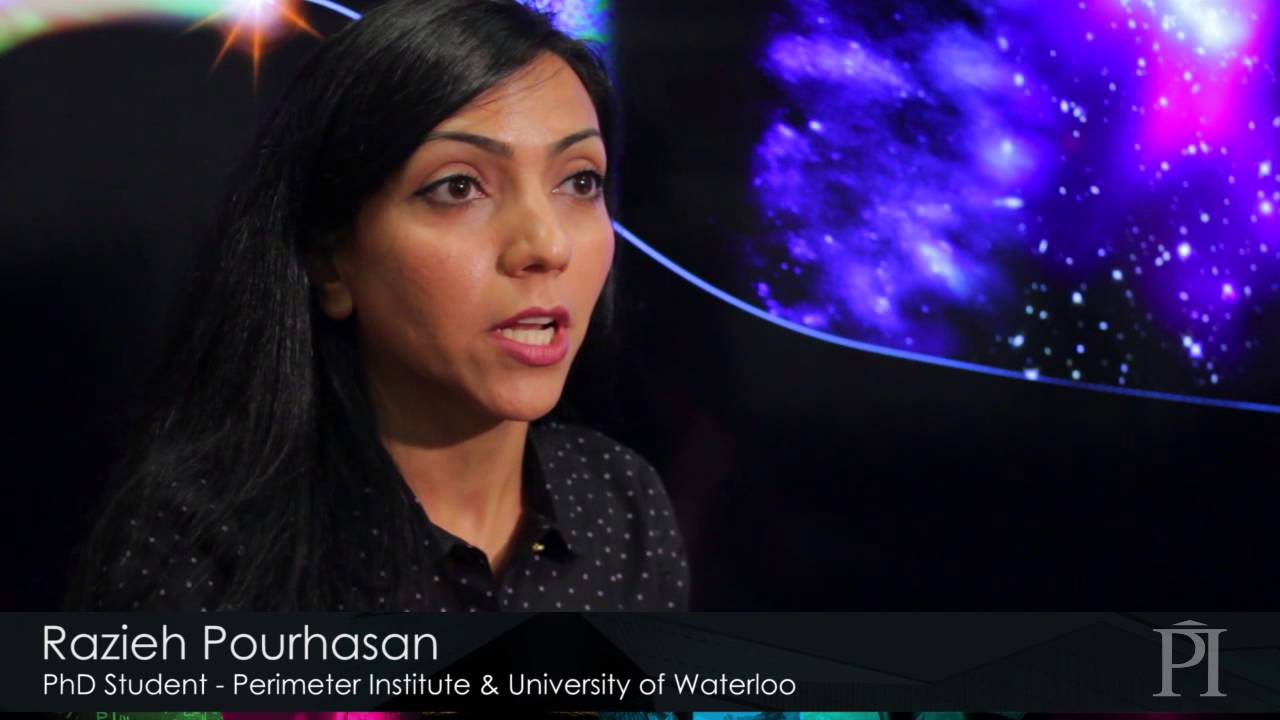
According to our best understanding of the Universe, if you travel back in time as far as you can, around 13.8 billion years or so, you’ll eventually reach a singularity — a super-dense, hot, and energetic point, where the laws that govern space-time breakdown.
Despite our best attempts, we can’t peer past that singularity to see what triggered the birth of our Universe — but we do know of only one other instance in the history of our Universe where a singularity exists, and that’s inside a black hole. And the two events might have more in common than you’ve ever considered, as physicist Ethan Siegel explains over at Forbes.
Continue reading “Physicist says our Universe could have spawned from a black hole” »
Oct 23, 2016
Researchers solve the problem of the dimensions of space-time in theories relating to the LHC
Posted by Carse Peel in categories: mathematics, physics
Researchers at the universities of Valencia and Florence propose an approach to the experimental data generated by the Large Hadron Collider that solves the infinity problem without breaching the four dimensions of space-time.
The theories currently used to interpret the data emerging from CERN’s Large Hadron Collider (LHC), which have so far most notably led to the discovery of the Higgs boson, are poorly defined within the four dimensions of space-time established by Einstein in his Theory of Special Relativity. In order to avoid the infinities resulting from the calculations that these theories inspire, new dimensions are added in a mathematical trick which, although effective, does not reflect what we now know about our Universe.
Now though, a group of researchers at the Institute of Corpuscular Physics (IFIC, CSIC-UV) in Valencia has devised a way to side-step the infinity issue and keep the theory within the bounds of the four standard dimensions of space-time.
Oct 23, 2016
New Synthetic Biology Factory Will Design, Build, and Test Custom Organisms
Posted by Carse Peel in categories: bioengineering, biological
In Brief:
- A company is combining innovative concepts of engineering and biology to manufacture unique organisms for a wide variety of applications.
- Aside from being exciting science, these organisms can also make a difference to a company’s bottom line.

